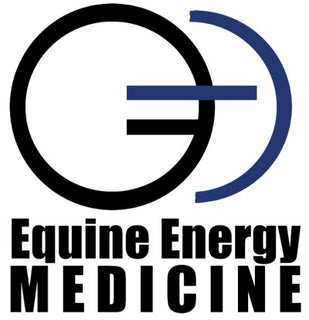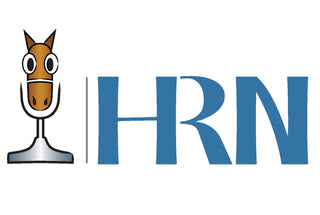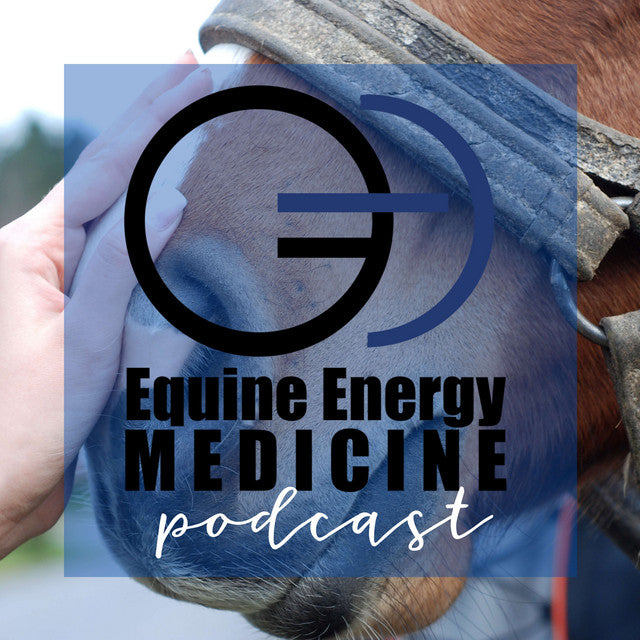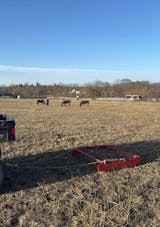 Introduction
Introduction
Autumn in the UK brings beautiful colors and cooler air, but it also brings one of the most frustrating horse health challenges of the year…mud fever. As fields become wet, gateways churn up, and temperatures swing between mild and chilly, horses are exposed to constant moisture around their legs and heels.
That combination is the perfect setup for bacterial infections like mud fever and rain scald.
The good news is that prevention is far easier and more effective than treatment. With a thoughtful turnout routine, good drainage, and a consistent care plan, you can keep your horse’s legs clean, dry, and comfortable right through the season.
This practical guide, built on advice from the British Horse Society and World Horse Welfare, explains exactly how to protect your horse before problems start.
Understanding the Risk Factors
Mud fever, also known as pastern dermatitis, occurs when bacteria such as Dermatophilus congolensis enter the skin through softened or damaged areas. Persistent moisture breaks down the natural skin barrier, especially around the heels and fetlocks. Add friction from boots or mud build-up, and infection can take hold fast.
Rain scald is caused by the same bacteria but affects the body and back rather than the legs. Both conditions thrive in damp, muddy environments, particularly where horses stand for long periods in wet gateways or feeding areas.
Certain horses are more at risk. Feathered breeds, older horses, and those with white socks or pink skin tend to be more sensitive. Even a small nick or rub can open the door to infection. Knowing your horse’s vulnerabilities helps you plan better turnout and care routines.
Gate and Feed-Area Drainage
The worst mud fever outbreaks often start at gateways and feeding areas where horses gather daily. These spots quickly become boggy, especially if the ground is compacted or poorly drained. Installing simple drainage fixes can dramatically reduce risk.
Start by clearing gutters and ditches so water can flow freely. Add a layer of gravel, sand, or rubber mats around gates, troughs, and hay feeders. If your field allows, raise the ground slightly with hardcore to lift it above the water line. Regularly remove manure and leftover hay, since decomposing material traps moisture and bacteria.
The Paddock Blade collection makes this task much easier. Its durable design glides smoothly across soft or uneven ground, helping you clear waste quickly and keep footing dry. The cleaner these high-traffic areas stay, the lower the infection risk becomes.

Turnout Rotation and Ground Management
Rotating turnout fields is one of the simplest ways to protect both the pasture and your horse’s legs. Constant traffic over one area destroys grass cover, exposing wet soil that clings to fetlocks and heels. Giving each paddock time to rest allows grass to regrow and reduces mud depth.
If space is limited, consider creating a sacrifice paddock for the wettest months. This designated area takes the wear while your other fields recover. Keep it as dry and level as possible, with mats or footing materials at gateways.
When you bring your horse in from the field, always allow legs to dry before grooming. Avoid brushing wet mud off straight away, as it can cause tiny abrasions that invite bacteria. Once dry, use a soft brush or towel to remove the dirt gently.
Wash or Brush: Making the Right Choice
It is tempting to hose muddy legs every evening, but over-washing can sometimes make mud fever worse. Constant moisture softens the skin, making it more vulnerable to infection.
Is hosing legs daily good or bad in autumn?
The answer depends on the conditions. If the mud is wet and heavy, rinse it off quickly with lukewarm water, then dry the legs completely before stabling. If the mud is light or mostly dry, wait until it falls away naturally or brush it off gently once it has dried.
The British Horse Society advises owners to only wash legs when necessary and to avoid leaving horses standing wet in stables or on cold concrete floors. Always follow washing with thorough drying…a clean towel, stable bandages, or a low-heat dryer can help.
Dry-Off Routines and Barrier Products
A strong dry-off routine is your best defense against mud fever. After turnout, towel-dry the legs, paying close attention to the back of the pasterns. Keeping the skin dry overnight gives it time to recover before the next turnout.
Barrier creams can help, but they must be used wisely. Thick layers can trap dirt and moisture if applied over damp skin. Instead, apply a thin, even layer of a breathable barrier before turnout and remove it at night with a warm, damp cloth. Choose creams designed specifically for equine use, ideally zinc-based or antibacterial.
If you use boots, check them daily for rubs or trapped dirt. Some owners prefer to leave legs bare during wet spells, as constant boot use can cause irritation.
Daily Checks and Early Warning Signs
Catch mud fever early, and it is far easier to manage. Check your horse’s legs daily, especially around the fetlocks, heels, and pasterns. Look for scabs, swelling, hair loss, or heat. If you spot any redness or soreness, act immediately.
Gently clean the affected area with a mild antiseptic, dry it completely, and keep your horse off muddy turnout until it heals. Persistent or spreading cases need veterinary attention, as secondary infections may require antibiotics or prescription creams.
Never pick scabs, as it exposes healthy skin and allows bacteria to spread. If the area is painful, consult your vet for appropriate treatment and pain management.
 When to Call the Vet
When to Call the Vet
Call your vet if you notice any of the following:
-
Severe swelling or heat around the legs
-
Lameness or obvious discomfort
-
Spreading scabs or hair loss despite good care
-
Crusting or oozing skin that does not dry or heal
Your vet can confirm whether the issue is mud fever, rain scald, or a fungal infection. They may recommend clipping feathers for better airflow and easier cleaning. Early intervention prevents deeper infections that take weeks to heal.
Supportive Care and Turnout Tips
A few small adjustments can make a big difference during autumn turnout.
-
Feed a balanced diet with adequate zinc and biotin to support skin health
-
Avoid leaving horses standing in mud for long periods
-
Bring them in during heavy rain to dry out
-
Rotate paddocks regularly to reduce worn patches
-
Keep grooming tools clean and separate for each horse to prevent spread
Good management habits pay off in the long run. They save time, reduce stress, and help keep every horse in your yard comfortable and sound through the wetter months.
For easier daily cleaning and waste control, explore Paddock Blade’s paddock cleaning equipment. Regular use keeps paddocks drier, footing safer, and infection risks low.
FAQs
Is hosing legs daily good or bad in autumn?
It depends on how muddy your fields are. Hose only when needed and always dry legs thoroughly afterward. Over-washing softens the skin and increases infection risk.
What are the best footing fixes for gateways?
Use gravel, rubber mats, or stone dust to raise the surface and improve drainage. Regularly remove manure and leftover hay to keep the area firm and dry.
What’s the difference between mud fever and rain scald?
Mud fever affects the legs, while rain scald appears on the body or back. Both are caused by the same bacteria and thrive in damp, muddy conditions.
Conclusion
Mud fever might be common in the UK, but it is not inevitable. With well-drained gateways, smart turnout planning, and consistent leg care, you can prevent most cases before they start. A clean, dry paddock is your first line of defense.
Regular cleaning with the Paddock Blade collection keeps your turnout areas drier and more comfortable for your horses.
Combine that with daily checks, careful drying, and a watchful eye on changing weather, and you will sail through autumn without the stress of sore, muddy legs!




























